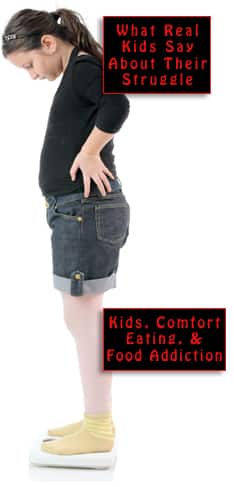
This page has spoken of Alasdair Wilkins, who lost 100 pounds by spending an hour each day walking an uphill treadmill while watching movies. One of his notable quotations is, “I was thinking about my weight loss on a very small scale: I just wanted to feel better…”
And this is why the question of physical exercise is so vital, no matter when. In what we tend to call “normal” times (although no times really are), people face limitations and barriers that keep them from experiencing a helpful amount of physical movement. The pandemic just happens to exaggerate the problem. More than ever, people need to feel better.
Stuck at home?
Take parents, for example. Sometimes it can be very stressful for parents to spend a lot of time around the children. Also, painful as it may be for grownups to acknowledge, children can find it quite stressful to spend too much time around their parents. Everybody needs to chill out, and strenuous physical exercise is a proven route to contented exhaustion. Habitual exercisers swear that it improves their moods.
When people are in better moods, they are easier to get along with, and also find others easier to tolerate. Even in the face of restricted access to venues specifically designed for exercise, it is possible to do enough movement to keep the blood and lymph circulating efficiently. Consider all the film and television drama scenes that show a prisoner staying fit within the limitations of a tiny cell. Kids and grownups can do that kind of thing at home. Stretching is good too, and can be accomplished in a very small space.
Saving our lives with our legs
For the benefit of their cardiovascular systems and bone density, children need an hour of movement each day, and most kids — eight out of 10 in Great Britain, for instance — don’t have that. Journalist Peter Walker writes in The Guardian,
If we don’t use our biggest muscles, notably in our legs, for long periods, there is a cellular effect that makes our bodies less good at breaking down certain fats, which can affect the way they process glucose.
Walker discusses the work of Harvard professor I-Min Lee, whose field of expertise is inactivity, and who teaches that “doing something is almost always better than nothing.” He references a recent study showing that taking 4,400 steps per day will actually keep an old woman alive longer than taking 2,400 steps per day.
Regular cyclists live longer, too. Even 10 minutes of exercise per day can be a life-changer. Walker writes,
And when you do start moving, the impact is immediate in effect, and astounding in extent. The US government guidelines on activity note that, on the same day you manage a single period of moderate-to-vigorous activity, you will see a reduction in blood pressure, better insulin sensitivity, improved sleep, fewer anxiety symptoms, and improved cognitive function.
Walker was told by expert Steve Blair that the best kind of activity to choose is “The one you’ll do and keep doing.” Which is exactly what mega-weight-loser Alasdair Wilkins told reporters who eagerly interviewed him. He tried the treadmill/movie combo, discovered that it wasn’t so bad, and realized that he wouldn’t mind doing it again tomorrow. No big deal.
Your responses and feedback are welcome!
Source: “‘Inactivity is an ongoing pandemic’: the life-saving impact of moving your body,” TheGuardian.com, 02/06/21
Image by Earl McGehee/CC BY 2.0

 FAQs and Media Requests:
FAQs and Media Requests: 











